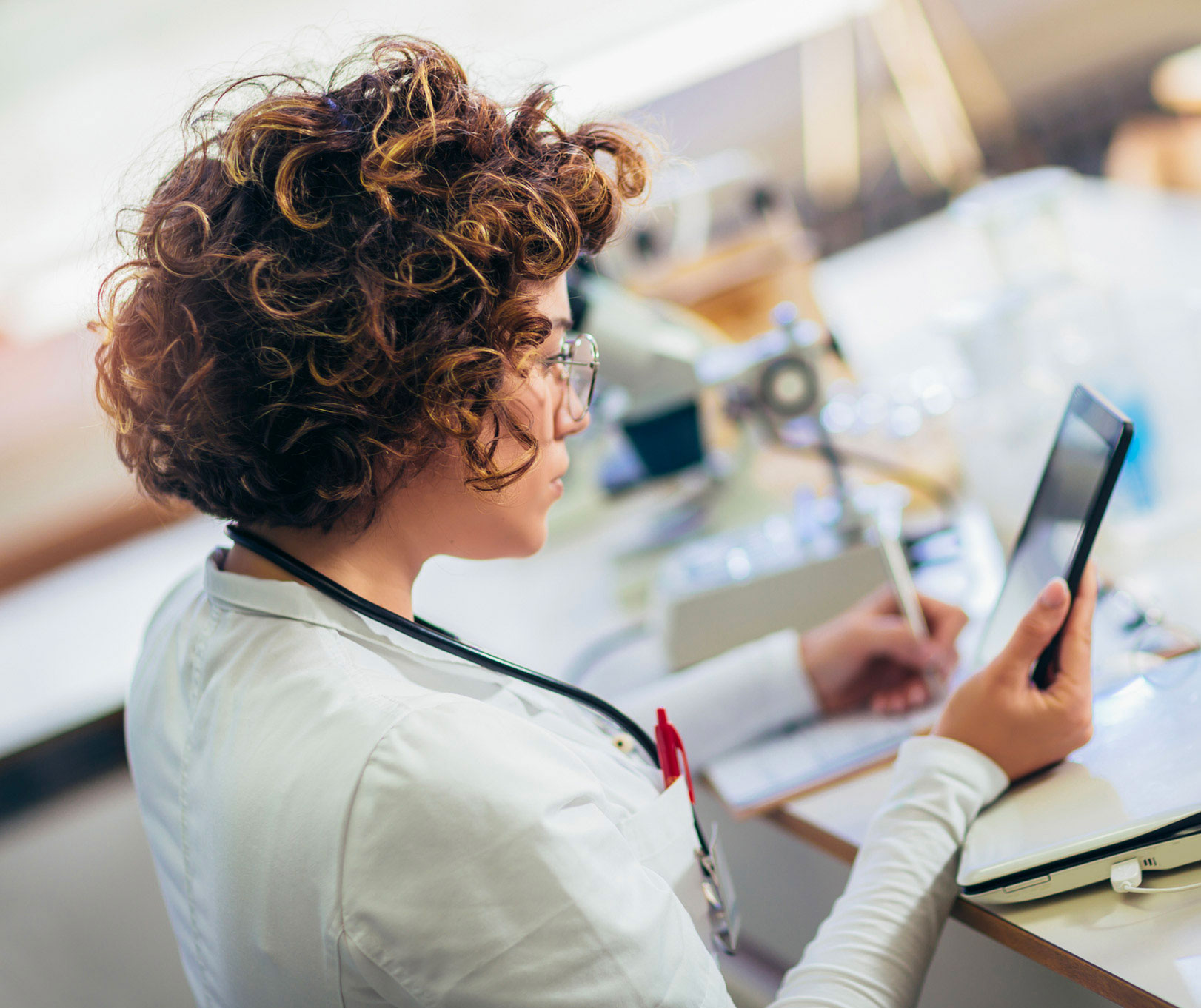
Endogenously-Produced Hyaluronan and Its Potential to Regulate the Development of Peritoneal Adhesions
DESCRIPTION
Formation of peritoneal adhesions (PA) is one of the major complications following intra-abdominal surgery.
It is primarily caused by activation of the mesothelial layer and underlying tissues in the peritoneal membrane resulting in the transition of mesothelial cells (MCs) and fibroblasts to a pro-fibrotic phenotype.
Pro-fibrotic transition of MCs—mesothelial-to-mesenchymal transition (MMT), and fibroblasts activation to myofibroblasts are interconnected to changes in cellular metabolism and culminate in the deposition of extracellular matrix (ECM) in the form of fibrotic tissue between injured sides in the abdominal cavity.
However, ECM is not only a mechanical scaffold of the newly synthetized tissue but reciprocally affects fibrosis development.
Hyaluronan (HA) is a non-sulfated glycosaminoglycan consisting of N-acetyl-D-glucosamine (GlcNAc) and D-glucuronic acid (GlcUA) that can affect the majority of processes involved in PA formation.
This review considers the role of endogenously produced HA in the context of different fibrosis-related pathologies and its overlap in the development of PA.